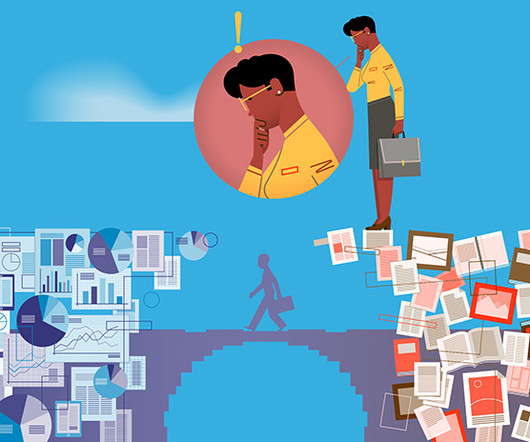A Partnership Industry for Impactful Ed-Tech
Stanford Social Innovation Review
APRIL 22, 2024
Such partnership not only fosters the kind of inclusive resource sharing that would prioritize marginalized groups and embrace diverse perspectives, but only through such collaboration can ed-tech be elevated to prioritize education over technology. Hence, achieving balance across these pathways is preferable to excelling in just one aspect.




















Let's personalize your content